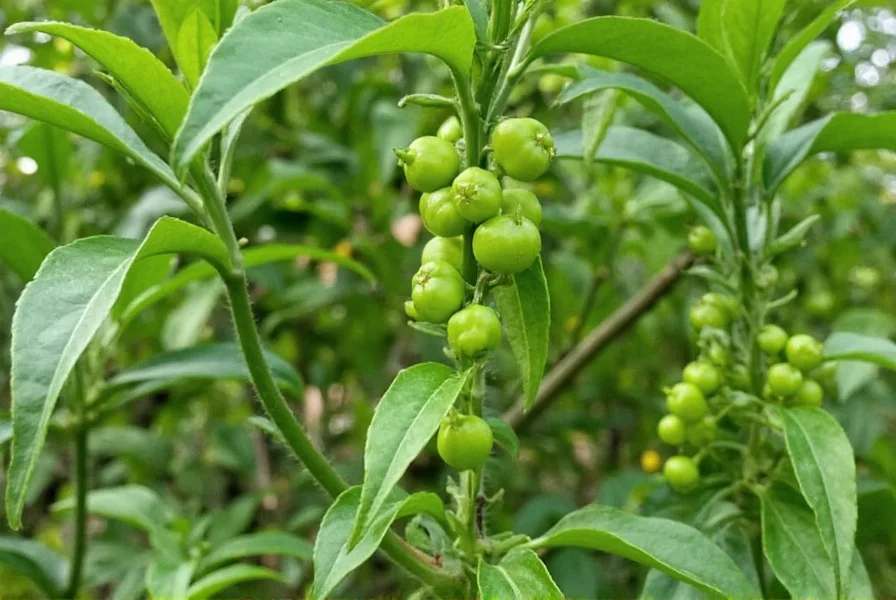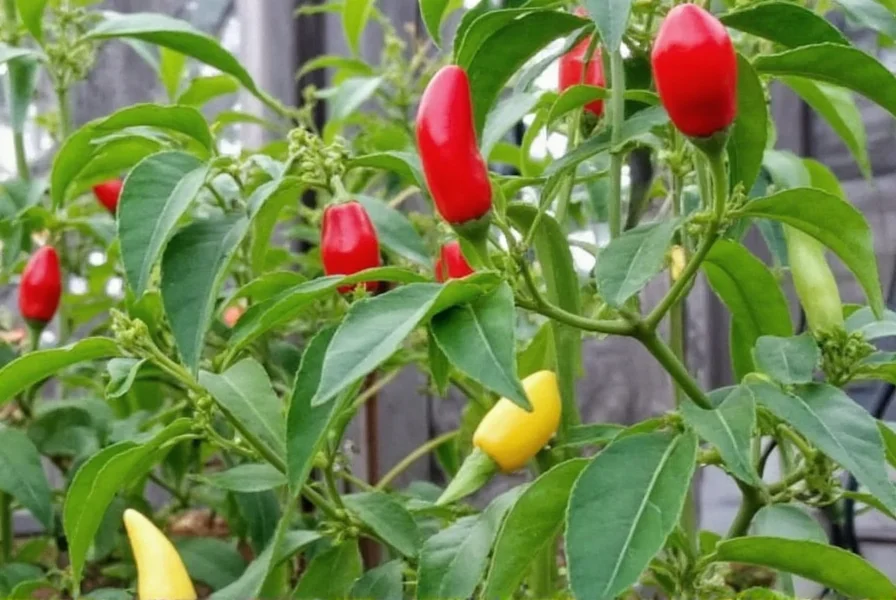Pepper Corn Plant: The Spice Garden's Crown Jewel – Grow, Harvest & Savor!
If you've ever added a few twists of black pepper to your favorite dish and felt that burst of warmth and earthiness, you’ve already met the star of this blog: the pepper corn plant. Known scientifically as Piper nigrum, this climbing vine is the source of one of the world’s most beloved spices. But did you know it also makes a stunning, productive addition to home gardens? Whether you're a culinary adventurer or a plant-loving green thumb, the pepper corn plant deserves a spot in your life.
Table of Contents
- What Is a Pepper Corn Plant?
- How to Grow Your Own Pepper Corn Plant
- Harvesting Tips for Maximum Flavor
- Creative Ways to Use Fresh Peppercorns
- Buying Guide: Choosing the Best Pepper Corn Plants
- Final Thoughts
What Is a Pepper Corn Plant?
The pepper corn plant is more than just a spice factory—it’s a tropical vine native to South India, particularly Kerala. It produces small berries (called peppercorns) that are dried and used as black, white, green, or red pepper depending on how they’re processed.
Fun Fact: All peppercorn colors come from the same plant—only the timing of harvest and processing changes their flavor and appearance!

Types of Peppercorns
| Type | Processing Method | Flavor Profile |
|---|---|---|
| Black Peppercorns | Sun-dried after semi-ripe harvest | Earthy, sharp, robust |
| White Peppercorns | Ripe berries soaked to remove outer shell | Milder, creamy, less pungent |
| Green Peppercorns | Dried unripe berries | Fresh, grassy, tangy |
| Red Peppercorns | Ripe berries sun-dried without soaking | Fruity, floral, sweet-spicy |
How to Grow Your Own Pepper Corn Plant
Yes, you can grow your own pepper corn plant at home—even if you live in a temperate climate! With a little care and attention, these vines can thrive indoors or outdoors in warm regions.
Growing Conditions Checklist
- Climate: Warm and humid preferred (ideal temperature range: 65°F–90°F / 18°C–32°C)
- Light: Bright, indirect light—avoid direct afternoon sun
- Soil: Well-draining, rich in organic matter
- Water: Regular watering but avoid soggy roots
- Trellis Support: These climbers need a structure to grow vertically
- Humidity: Aim for 70%+ humidity—use a pebble tray or humidifier indoors
Propagation Tips
Start with a healthy cutting or young plant from a nursery. Rooting hormone can help encourage faster growth. Keep the soil moist until roots develop, which usually takes 4–6 weeks.
Harvesting Tips for Maximum Flavor
The joy of growing your own pepper corn plant lies in harvesting your own fresh peppercorns. Timing is everything when it comes to flavor and type.
When to Harvest
- Black Peppercorns: Pick when berries are semi-ripe (green turning yellow-orange), then dry in the sun
- White Peppercorns: Wait until fully ripe (bright red), soak in water for a few days, then rub off the skin
- Green Peppercorns: Harvest early while still unripe and green
- Red Peppercorns: Leave on the vine until bright red, then air-dry carefully
Drying and Storing
Air drying is best. Spread the harvested clusters in a single layer in a sunny, dry location for several days. Once completely dry, store in airtight containers away from light and moisture.
Creative Ways to Use Fresh Peppercorns
You don’t have to stick to the classic salt-and-pepper routine. Here are some delicious ways to put your homegrown peppercorns to use:
Culinary Uses for Each Type
- Black Peppercorns: Classic seasoning for meats, soups, sauces, and marinades
- White Peppercorns: Great for creamy dishes like béchamel, mashed potatoes, and white sauces
- Green Peppercorns: Add to pickles, sauces, or brines for a tangy twist
- Red Peppercorns: Ideal for desserts, jams, and cocktails—adds fruity warmth
Homemade Spice Blends Using Peppercorns
- Spiced Honey Glaze: Crushed black peppercorns + honey + lemon = glaze magic for roasted veggies or pork
- Pepper Salt Rub: Mix equal parts coarse salt and freshly cracked peppercorns for steak or salmon
- Vanilla-Pepper Sugar: Combine crushed red peppercorns with sugar and vanilla beans for baking or tea
- Pepper Oil: Infuse olive oil with green or black peppercorns for a zesty drizzle
- Spice Syrup: Simmer crushed peppercorns in simple syrup for spiced cocktails or dessert toppings
Buying Guide: Choosing the Best Pepper Corn Plants
If you’re not ready to propagate your own plant, buying a mature pepper corn plant is a great option. Here’s what to look for when shopping:
What to Look For When Buying a Pepper Corn Plant
| Feature | Description |
|---|---|
| Leaf Health | Look for lush green leaves without yellowing or spots |
| Root Condition | Avoid plants root-bound or showing signs of mold |
| Vine Strength | Vines should be sturdy and not limp or overly woody |
| Size | Opt for medium-sized plants (12–24 inches) for better adaptability |
| Origin | Locally grown or greenhouse-raised plants tend to adjust better |
Recommended Products
- Piper Nigrum Starter Kit:
- Features: Includes young plant, trellis, and soil mix
- Advantages: Easy to set up, ideal for beginners
- Use Case: Home gardeners wanting a jumpstart
- Best For: indoor growers or small patios
- Organic Pepper Corn Vine:
- Features: Pesticide-free, well-rooted in terracotta pot
- Advantages: Already producing berries within 6 months
- Use Case: Experienced gardeners looking for yield
- Best For: outdoor planting in tropical climates
- Miniature Pepper Corn Bonsai:
- Features: Compact version, decorative pot included
- Advantages: Space-saving, aesthetic appeal
- Use Case: Spice lovers with limited space
- Best For: apartments, balconies, or office desks
Final Thoughts
The pepper corn plant is more than just a spice—it’s a symbol of connection between nature and our kitchens. Whether you’re growing it for its beauty, its bounty, or both, cultivating this vine can bring endless rewards. From vibrant foliage to fragrant berries, every stage of the journey is satisfying.
So why not add a touch of exotic charm to your home or garden? Try growing a pepper corn plant today—and season your meals with a little bit of homegrown magic.











 浙公网安备
33010002000092号
浙公网安备
33010002000092号 浙B2-20120091-4
浙B2-20120091-4